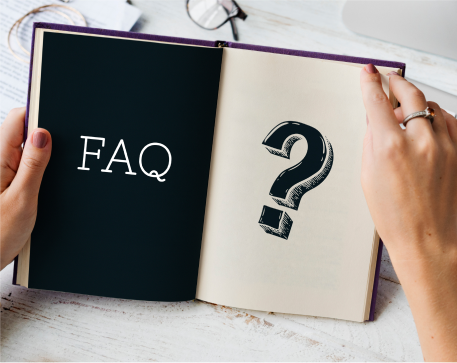Ready to learn?
Take the first step toward achieving your educational goals. Whether you’re preparing for exams or expanding your knowledge, getting started is just a click away. Join us today and unlock your full potential
832, utkarsh bhawan, near mandap restaurant, 9th chopasani road, jodhpur rajasthan - 342003
support@utkarsh.com
+91-9116691119
Support
Learning Resources
Rajasthan Govt Exams
Central Govt Exams
Civil Services Exams
Nursing Exams
School Tuitions
Other State Govt Exams
Agriculture Exams
College Entrance Exams
Miscellaneous Exams

© 2025 Utkarsh Classes & Edutech Pvt. Ltd. All Rights Reserved
Home
National Current Affairs
Report
World Bank: 17 crore people lifted out of poverty in India in 10 years

Utkarsh Classes
Updated: 28 Apr 2025
3 Min Read

According to the World Bank, around 17.1 crore people in India were lifted out of the extreme poverty level in the last 10 years. The extreme poverty in the country fell from 16 per cent in 2011–12 to 2.3 per cent in 2022–23.
The World Bank, in its Poverty and Equity Briefs report, highlights the poverty trend in 100 countries, including India.
The report is released twice a year by the World Bank before the Spring and Annual Meetings of the World Bank Group and the International Monetary Fund in Washington, D.C, the United States of America.
The World Bank has used three standards for measuring poverty lines.
Extreme Poverty Category
Poverty in the lower-middle income category
Multidimensional Poverty Index
Also Read: Sunil Mittal included in World Bank’s Private Sector Investment Lab
Top Posts
Frequently asked questions

Still have questions?
Can't find the answer you're looking for? Please contact our friendly team.
Visit an Offline Centre Near to You.

1-Liner PDFs FREE !
Kumar Gaurav Sir ki Class PDF aur Daily One-Liner CA – Bilkul Free! Rozana preparation ko banaye aur bhi Damdaar!